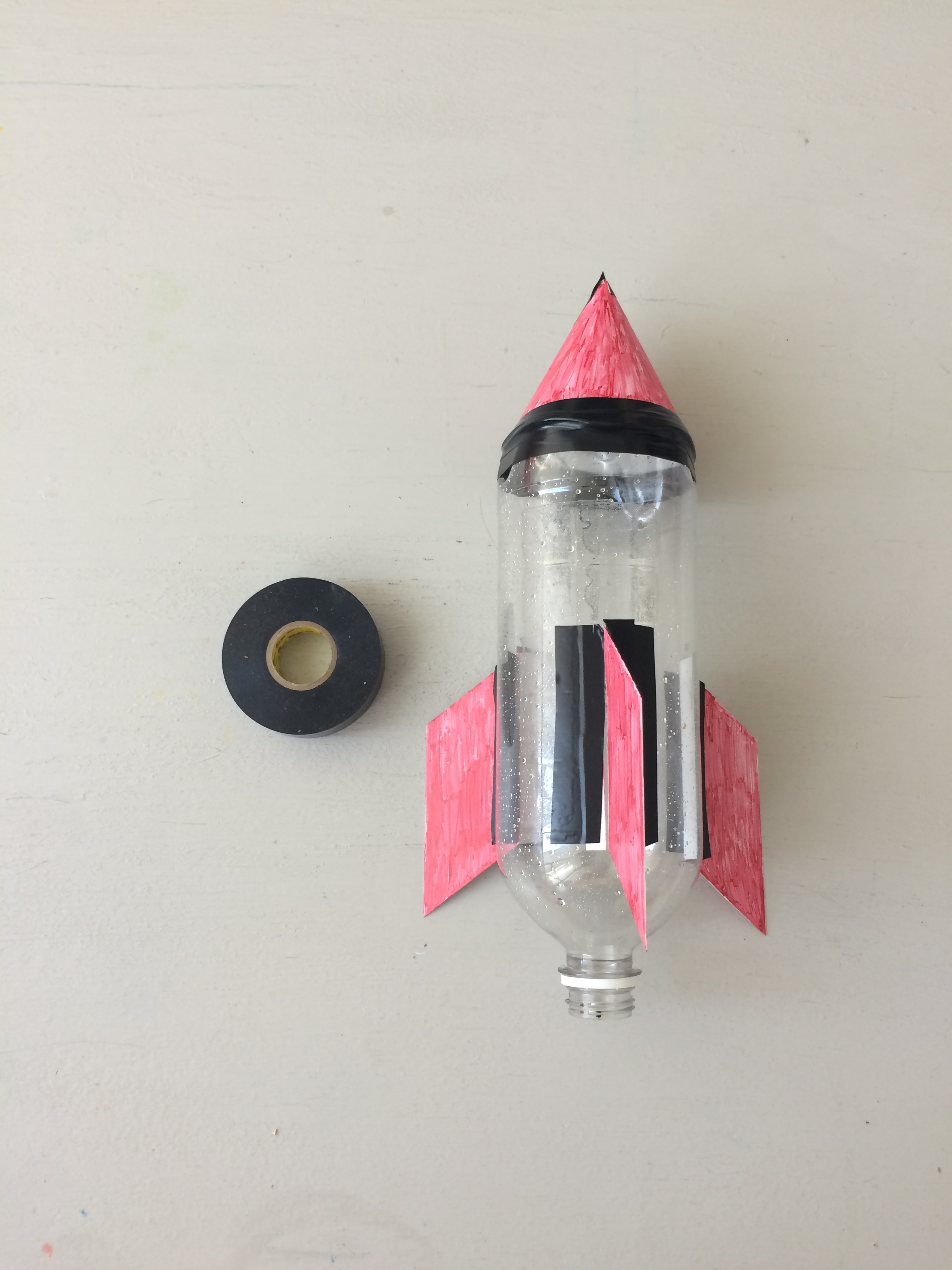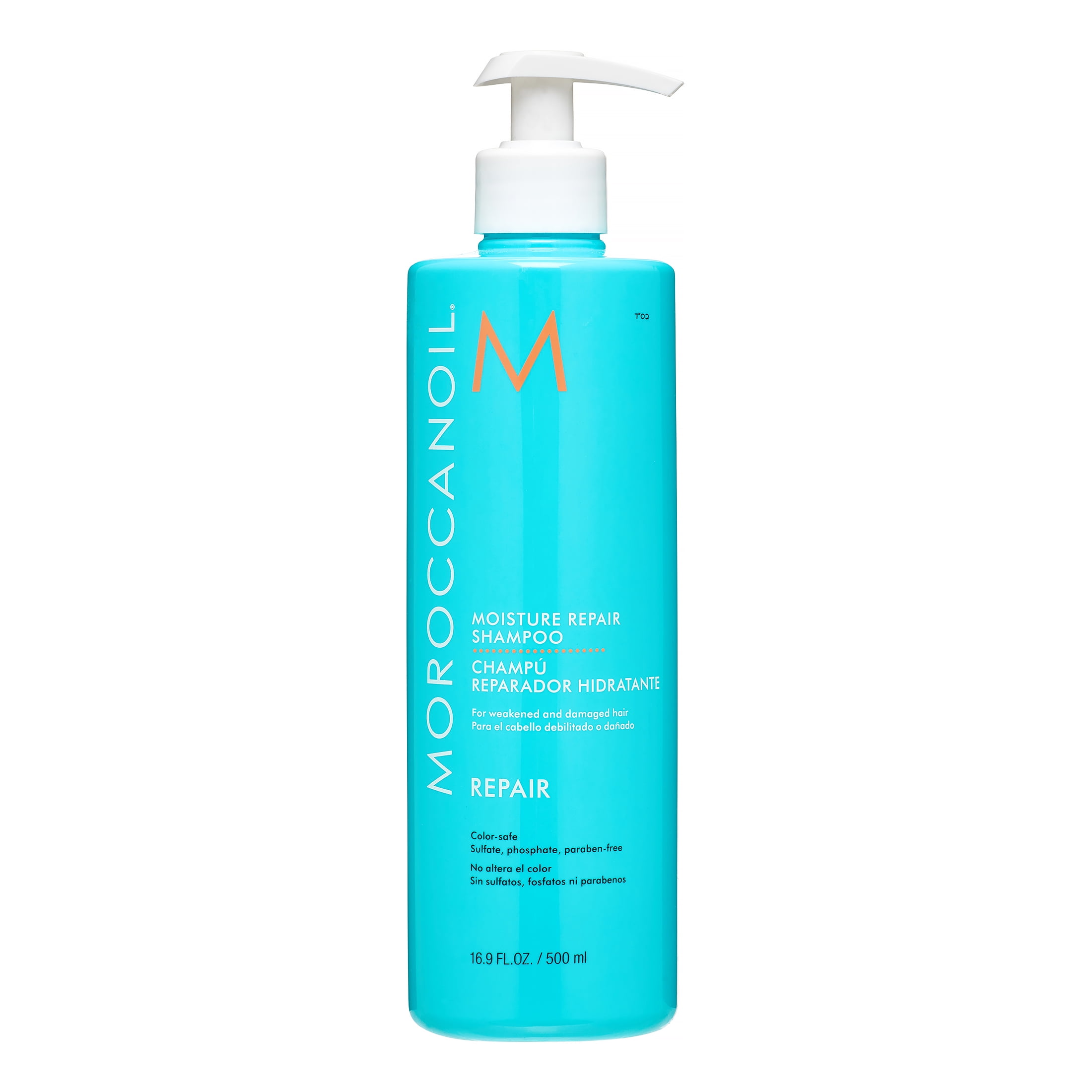Table Of Content
Although its currently ready for liftoff, one of the best parts of building the rocket is the decoration/personalization. Use the prompts and activities below to introduce students to the ideas of “center of mass” and stability. The rockets provide pure education and entertainment at a small cost. They have been in vogue for many years to teach the principles of aeronautics. Kids interested in pursuing engineering would love building this project.
Step 17: Step 1,2,3,4 of Parachutes
A rocket with a nose cone has an easier time pushing the air aside and making itself a path through the air, and thus, it usually reaches a higher altitude. Unfortunately, a nose cone adds some mass to be pushed up. If the nose cone was heavy compared to the mass of the rocket, you might have observed a decrease in altitude.
Water Rocket Construction
To keep the deployment time short, pack the parachute neatly and keep the suspension lines short. If you pack the parachute in a nose cone, make it lightweight so it blows off easily. You should have been able to deploy a parachute, even when packed in a nose cone, when using 40 psi pressure at launch. You will use this push to your advantage to launch a bottle rocket.
About NASA
By exerting more pressure when stomping on the bottle, the resulting force will be intensified, consequently propelling the rocket to reach higher altitudes and travel further distances. The best designs of rockets that fly long distances and have greater hang times (the time they hang in the air) are those which have long and narrow fins. For stability and security, the minimum number should be 3. This all needs to happen before the parachute touches the ground.

Equation for Water Bottle Rocket
With sleek and aerodynamic designs, these rockets are guaranteed to blast off in style. From choosing the right materials to constructing the perfect fins, we will walk you through every step of the process. Get ready to wow your friends and spectators as your rocket soars through the sky, leaving a trail of awe and amazement in its wake. Whether you're a seasoned rocketeer or a beginner, our guide will ensure that your rocket is not only eye-catching but also achieves maximum altitude.
Get ready to unleash your creativity and soar to new heights with the art of 2-Liter bottle rockets! With just a few simple materials, you'll be able to transform an ordinary soda bottle into a powerful rocket that can reach impressive heights. To achieve optimal performance, it is recommended to fill a 2-liter bottle rocket with approximately one-third to one-half of its capacity with water. This ensures a balanced ratio of water to air pressure, allowing for a powerful launch and impressive altitude. However, it is crucial to note that factors such as weather conditions, rocket design, and personal preferences may influence the ideal amount of water.
Educator Guide: Stomp Rockets - NASA Jet Propulsion Laboratory
Educator Guide: Stomp Rockets.
Posted: Fri, 28 Oct 2016 08:39:27 GMT [source]
NASA Photographer Honored for Thrilling Inverted In-Flight Image
On top of being just plain fun, a bottle rocket project can help you learn useful building skills and scientific concepts. The long-distance bottle rocket shown here, though inexpensive and simple to make, is designed for long-distance flight. After building and testing the rocket, you may want to experiment with changes to the number of fins, their angle, the shape of the nose or other features. Incorporating these key tips and creative ideas into your bottle rocket design will undoubtedly propel your rocket to new heights. By carefully choosing the right materials, optimizing the aerodynamics, and experimenting with different fuel combinations, you can create a bottle rocket that stands out from the rest.
NASA’s ORCA, AirHARP Projects Paved Way for PACE to Reach Space
Finally, the nature of an orbit is discussed as well as how orbits enable us to get from planet to planet — spec... Students acquire a basic understanding of the science and engineering of space travel as well as a brief history of space exploration. They learn about the scientists and engineers who made space travel possible and briefly examine some famous space missions. Did you see how some of those rockets flew crooked and out of control before they exploded?

If this force is termed as action, then the water should exert an equal and opposite reaction in the upward direction. It is this reaction that forces the water bottle rocket up. Note that the weight of the rocket constantly changes during flight. The law of conservation of the momentum holds as the upward momentum of the rocket is equal but opposite of the momentum of the escaping water. It is important to note that building and launching a bottle rocket is not only educational, it is fun.
Determine the number of fins you want to add to your rocket. Puncture the bottle on this line with a box cutter or knife. Our goal is to make science relevant and fun for everyone. Whether you need help solving quadratic equations, inspiration for the upcoming science fair or the latest update on a major storm, Sciencing is here to help. (Wait for student responses by a show of hands or verbal response).
We believe in diversity, inclusion and racial equality for everyone each and every day of the year. We know we have a lot to learn and a long way to go, but we also know that we are taking steps in the right direction. We provide business strategy, product, design and technology services that drive business results and solve unmet needs. Our experience services are purposefully designed to focus on the entire experience lifecycle. Sonic Automotive approached Bottle Rocket to swiftly create their new digital experience, assess their current state, and collaborate to optimize their future.

No comments:
Post a Comment